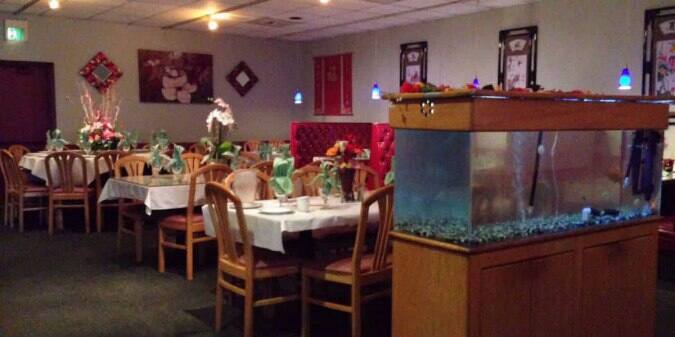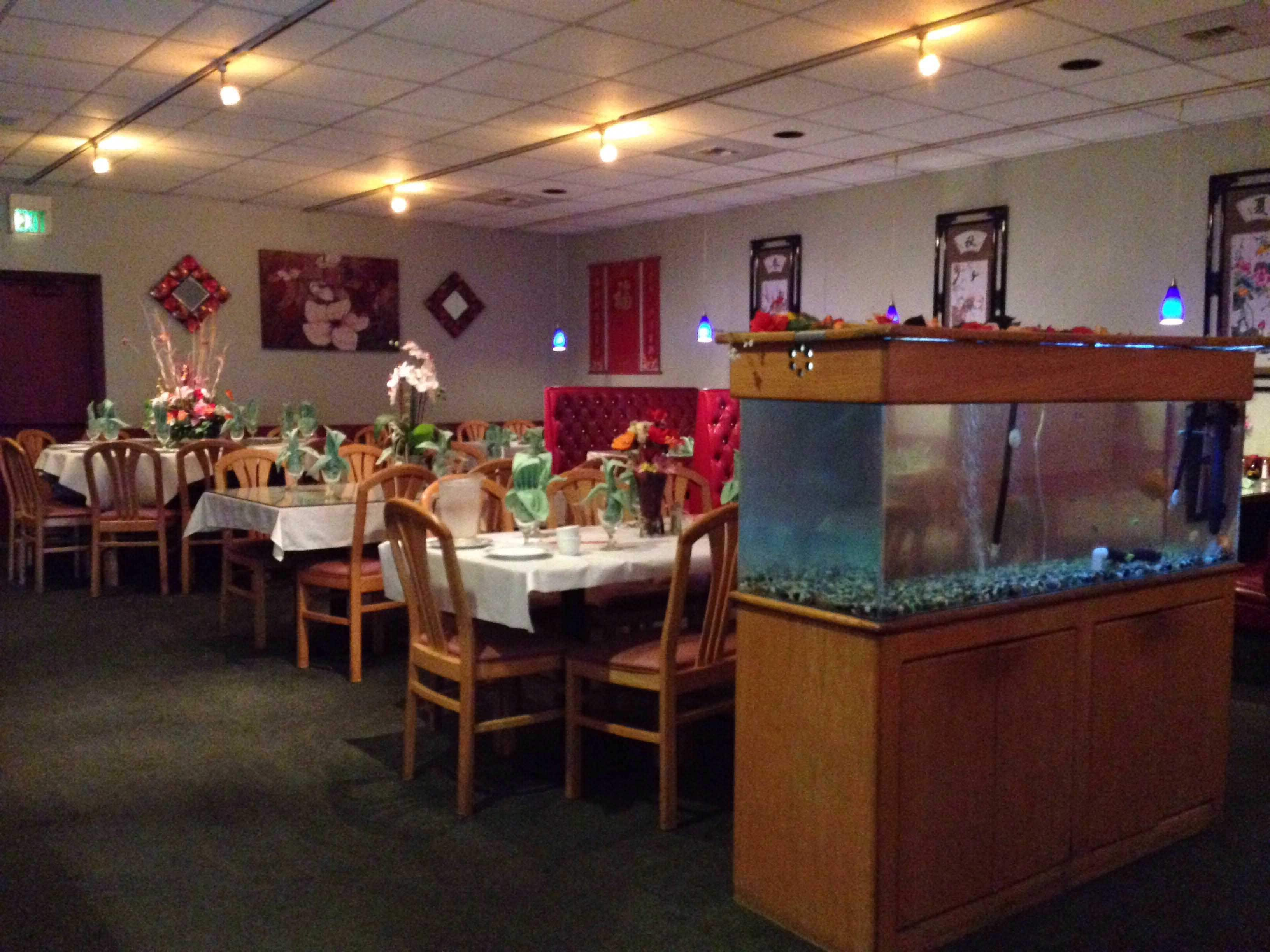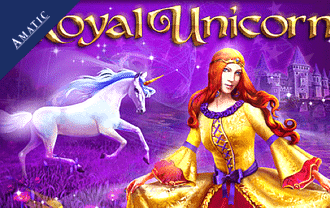Royal Unicorn Shoreline
Address 615 NW Richmond Beach Road, Shoreline, WA 98177 Royal Unicorn Restaurant address, Royal Unicorn Restaurant location Get Directions More Info Takeout Available Full Bar Available Kid Friendly Karaoke Vegetarian Friendly Report Error Claim this listing Menu Food 7 pages Bar 1 page Photos +2 photos Add Photos Alex King. Royal Unicorn 615 NW Richmond Beach Rd, Shoreline, WA 98177 - YP.com Home WA Shoreline Asian Restaurants Chinese Restaurants Royal Unicorn Royal Unicorn (206) 542-2169 615 NW Richmond Beach Rd Shoreline, WA 98177 Map & Directions Chinese Restaurants, Asian Restaurants, Restaurants Be the first to review on YP! (5 Reviews) CLOSED NOW.
1shore-to-shore supply
1) Военный термин:перевозка снабженческих грузов от порта погрузки до пункта выгрузки(без перевалки в пути)2) Логистика:прямая перевозка снабженческих грузов от порта погрузки до порта выгрузкиУниверсальный англо-русский словарь >shore-to-shore supply
2shore-to-shore supply
English-Russian dictionary of logistics >shore-to-shore supply
3shore-to-shore supply
перевозка снабженческих грузов от порта погрузки до пункта выгрузки(без перевалки в пути)English-Russian military dictionary >shore-to-shore supply
См. также в других словарях:
Supply Officer — was a specialisation in the British Royal Navy which has recently been superseded by the Logistics Officer, although the function remains the same. In centuries past, the Supply Officer had been known as the Clerk, Bursar, Purser and, later, the… … Wikipedia
Platform supply vessel — Supply ship redirects here. For offshore naval replenishment ships (AOR), see Replenishment oiler. Platform Supply Vessel A Platform supply vessel (often abbreviated as PSV) is a ship specially designed to supply offshore oil platforms. These… … Wikipedia
Navy Supply Corps (United States) — U.S Navy Supply Corps Supply Corps staff officer insignia Active 23 February 1795 present Country United States of America … Wikipedia
Saxon Shore — The Saxon Shore (Latin: litus Saxonicum) was a military command of the late Roman Empire, consisting of a series of fortifications on both sides of the English channel. It was established in the late 3rd century and was led by the Count of the… … Wikipedia
North Shore railway line — North Shore Line Mode Commuter rail line Owner CityRail Operator(s) CityRail Connects Central … Wikipedia
North Shore railway line, Sydney — Public transport infrastructure in Sydney logo= name=North Shore Line transport mode=Commuter rail line line owner=CityRail operation area=Hornsby Ku ring gai North Sydney Sydney Willoughby map colour=Yellow stations number=35 interchange… … Wikipedia
Global Supply Chain Finance — A global supply chain refers to the network created among different world wide companies producing, handling, and distributing specific goods and/or products.Global supply chain finance refers to the set of solutions available for financing the… … Wikipedia
Naval Aviation Supply Corps pin — The Naval Aviation Supply Officer (NASO) is the warfare insignia and professional qualification that U.S.Navy Navy Supply Corps commissioned and warrant officers have an opportunity to earn when assigned to an aviation related billet (AKA job… … Wikipedia
North Eastern Electric Supply Company — Former type Private Industry Electricity supply Fate Nationalised Successor North Eastern Electricity Board … Wikipedia
United States Navy shore activities during World War II — During World War II, the United States Navy had a large contingent of operations based on land. Contents 1 Academies 2 Advisors 3 Air Centers 4 Air Facilities … Wikipedia
Coastal sediment supply — is the transport of sediment to the beach environment by both fluvial and aeolian transport. While aeolian transport plays a role in the overall sedimentary budget for the coastal environment, it is paled in comparison to the fluvial supply which … Wikipedia
| The Unicorn | |
|---|---|
The Unicorn, from The Secret of the Unicorn, set in 1676 | |
| Publication information | |
| First appearance | The Secret of the Unicorn (1943) |
The Unicorn (French: La Licorne) is a fictional 17th-century three-masted armed French Royal Navy vessel appearing in The Adventures of Tintin, the comics series by Belgian cartoonist Hergé. The ship plays a leading role in both The Secret of the Unicorn and Red Rackham's Treasure, published in 1943 and 1944, respectively. The Unicorn also appears in the 2011 film adaptation The Adventures of Tintin: The Secret of the Unicorn.
In the Tintin adventures, the Unicorn is the setting of a battle between pirates and sailors followed by a duel between its captain, Sir Francis Haddock (an ancestor of Captain Haddock) and the pirate Red Rackham. The Unicorn is scuttled and sinks, only to be discovered years later by Tintin and his friends in an attempt to locate Red Rackham's treasure.
Creation[edit]
The Unicorn was inspired by the 64-gun Brillant, built in 1690 at Le Havre, France by the shipwright Salicon and then decorated by the designer Jean Bérain the Elder.[1] In 1942, Hergé had decided that his latest Tintin adventure, The Secret of the Unicorn (1943), should depict images of his fictional Unicorn as detailed precision drawings.[1] He used the services of his friend and local model ship maker Gérard Liger-Belair, son of a former naval officer and who owned a shop in Brussels that specialised in model ships,[a] to find an appropriate historical vessel that he could customize to meet his historical needs. Liger-Belair's research produced three possibilities: A British frigate, a Dutch merchant vessel, and a French battleship.[2] As Hergé preferred the battleship, Liger-Belair continued to research and discovered a historic document titled Architectura Navalis, which contained detailed drawings of French battleships.[2] One in particular was from 1690, in the navy of Louis XIV of France, the 64-gun, Brillant. Liger-Belair soon completed a plan on a 1:100 scale followed by an extremely precise model.[3][b]

Hergé consulted the archives at the National Museum of Natural History and the then recently published L'Art et le Mer ('Art and the Sea') by Alexandre Berqueman.[5] He also studied other vessels from the period, such as the Le Soleil Royal, La Couronne, La Royale and Le Reale de France to better understand 17th-century ship design.[6] It was from the Le Reale de France that he gained a basis for his design of the Unicorn'sjolly boat.[6] He adopted the fictional ship's unicorn figurehead from a British frigate which had been built in 1745.[7] When Liger-Belair's model was complete, Hergé realised it into the panels of his comics, regularly showing his renditions to Liger-Belair to ensure he was depicting the vessel with no technical errors.[8] In its finished appearance in the book, the Unicorn is a ship of the third rank, a vessel with three-masts and 50 guns, more than 40metres long and 11metres wide.[9]

After publication of The Secret of the Unicorn, Hergé's Dutch publisher Carlsen Verlag gave him an antique model of a 17th-century Danish ship called the Enhjørningen (The Unicorn). Until that moment, Hergé had no idea that a ship with that name, complete with a unicorn figurehead, had ever actually existed.[10]
Royal Unicorn Shoreline Wa
In The Adventures of Tintin[edit]
Fictional history[edit]
The Secret of the Unicorn is partially set in 1676. In the English translation, the Unicorn sails under the Union Jack during the reign of Charles II of England and is commanded by Sir Francis Haddock, an ancestor of Captain Haddock.[9] In Hergé's original French version, however, la Licorne flies the French flag for the French Navy under King Louis XIV and is commanded by Chevalier François de Hadoque.[6] No ship named the Unicorn was listed in the annals of the French Navy during the 17th century.[6] However, from 1634-1688 the English Royal Navy had a ship of the line named HMS Unicorn[11] which was, coincidentally, commanded by a Captain Haddock.[12]
Royal Unicorn Shoreline Wa
Red Rackham's Treasure (1944) tells of the adventure Tintin and his friends undertake to recover the lost treasure of the pirateRed Rackham, believed by Tintin to be aboard the shipwreckedUnicorn. Sir Francis had built three models of the Unicorn and had hidden a treasure map inside each one. The adventure, told across both books, leads Tintin to the Unicorn and to the lost treasure.[9]

A 2011 feature film adaptation of both Tintin books retells the story of the Unicorn. The Adventures of Tintin: The Secret of the Unicorn directed by Steven Spielberg and produced by Peter Jackson was released in October–December 2011.[13]

Plot role[edit]
While sailing in the West Indies in 1676, the Unicorn, commanded by Sir Francis Haddock, is seized and captured by a group of pirates led by Red Rackham. The pirates hoist a red pennant—no life would be spared. During the battle, Sir Francis is hit and loses consciousness. Later, the members of the Unicorn crew still alive are killed or thrown overboard. Sir Francis regains consciousness, finding himself tied to the mainmast. The pirate ship is damaged and sinking, so Red Rackham moves his treasure on board the Unicorn. The ship then sails to an uninhabited island. When anchored near the shore of the island, Sir Francis manages to free himself and goes below deck to the Unicorn's gunpowder stores. Whilst there, he encounters Rackham for the final time, killing him in a sword fight. Before escaping in the ship's jolly boat, he is able to set fire to the gunpowder by means of a slow-burning fuse, causing the Unicorn (with Rackham's drunken crew and presumably Red Rackham's treasure still aboard) to explode and sink.[14]
In the present day, Tintin, his dog Snowy, and his friends Captain Haddock and Professor Calculus follow coordinates that Sir Francis had left his three sons in a strange riddle hidden in three model ships of the Unicorn. Reaching the coordinates, they discover the island and, upon diving, they find the wreck of the Unicorn. Although they recover various artefacts from it, they do not find the treasure. Back in Belgium, Tintin realises that Sir Francis' message referred, not to the location of the Unicorn, but to a globe mounted on a statue in Sir Francis' former country home. Understanding now that Francis would never have left the treasure but would have taken it with him to his home, Tintin locates the coordinates to the treasure on the globe, presses a secret button he finds there, and discovers Red Rackham's treasure hidden inside.[15]
Royal Unicorn Restaurant
References[edit]
Notes[edit]
- ^Hergé had enjoyed Scouting as a youth and knew Gérard Liger-Belair as secretary of the Federation of Catholic Scouts.[2]
- ^The plans for the ship, along with other information, was published in an article of the June 1989 issue of Amis de Hergé magazine.[4]

Royal Unicorn Shoreline
Footnotes[edit]
- ^ abAssouline 2009, p. 88; Farr 2001, p. 111; Peeters 2012, pp. 144–145; Peeters 1989, p. 75.
- ^ abcAssouline 2009, p. 88.
- ^Assouline 2009, p. 88; Farr 2001, p. 111; Peeters 2012, pp. 144–145; Goddin 2009, p. 116.
- ^Assouline 2009, pp. 88, 243 (footnote 56).
- ^Peeters 1989, p. 75; Goddin 2009, p. 104.
- ^ abcdPeeters 1989, p. 75; Farr 2001, p. 111.
- ^Assouline 2009, p. 88; Farr 2001, p. 111; Peeters 1989, p. 75.
- ^Peeters 2012, p. 145; Goddin 2009, p. 107.
- ^ abcPeeters 1989, p. 75.
- ^Peeters 1989, p. 74.
- ^Davies 2004.
- ^Lavery 2003, p. 158.
- ^The Daily Telegraph: Michael Farr 2011.
- ^Hergé 1943, pp. 15–26.
- ^Hergé 1944, pp. 1–62.
Bibliography[edit]
- Assouline, Pierre (2009) [1996]. Hergé, the Man Who Created Tintin. Charles Ruas (translator). Oxford and New York: Oxford University Press. ISBN978-0-19-539759-8.
- Davies, J.D. (2004). 'Haddock, Sir Richard (c.1629–1715)'. Oxford Dictionary of National Biography.
- Farr, Michael (2001). Tintin: The Complete Companion. London: John Murray. ISBN978-0-7195-5522-0.
- Farr, Michael (17 October 2011). 'The inspiration behind Steven Spielberg's Tintin'. The Daily Telegraph. Archived from the original on 19 October 2011. Retrieved 31 January 2015.
- Goddin, Philippe (2009). The Art of Hergé, Inventor of Tintin: Volume 2: 1937-1949. Michael Farr (translator). San Francisco: Last Gasp. ISBN978-0-86719-724-2.
- Hergé (1943). The Secret of the Unicorn. Leslie Lonsdale-Cooper and Michael Turner (translators). London: Egmont. ISBN978-1405206228.
- Hergé (1944). Red Rackham's Treasure. Leslie Lonsdale-Cooper and Michael Turner (translators). London: Egmont. ISBN978-0-316-35834-7.
- Lavery, Brian (2003). The Ship of the Line — Volume 1: The Development of the Battlefleet 1650-1850. Conway Maritime Post. ISBN0-85177-252-8.
- Peeters, Benoît (1989). Tintin and the World of Hergé. London: Methuen Children's Books. ISBN978-0-416-14882-4.
- Peeters, Benoît (2012) [2002]. Hergé: Son of Tintin. Tina A. Kover (translator). Baltimore, Maryland: Johns Hopkins University Press. ISBN978-1-4214-0454-7.



